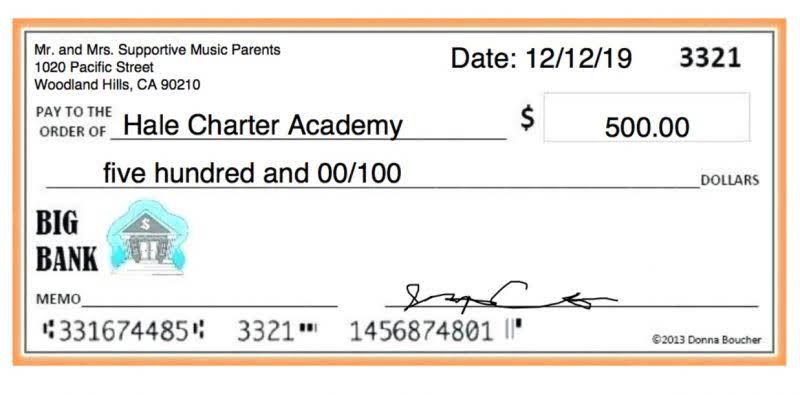
Using Sortly, it’s easy to store information like cost price, cost of goods sold, and selling price right in an item’s history. You can run reports to view all these data points at once or use your phone’s barcode or QR code scanner to learn more about these details instantly. We estimate that around 55% of the electric cars sold in China in 2022 were cheaper than their average ICE equivalent, up from under 10% in 2018.

The year 2023 was the first in which China’s New Energy Vehicle (NEV)3 industry ran without support from national subsidies for EV purchases, which have facilitated expansion of the market for more than a decade. Tax exemption for EV purchases and non-financial support remain in place, after an extension, as the automotive industry is seen as one of the key drivers of economic growth. Some province-led support and investment also remains in place and plays an important role in China’s EV landscape. As the market matures, the industry is entering a phase marked by increased price competition and consolidation. In addition, China exported over 4 million cars in 2023, making it the largest auto exporter in the world, among which 1.2 million were EVs.
The difference between margin and markup
You can think of markup as the extra percentage you charge your customers (on top of your cost). In other words, for every dollar of revenue, the business makes $0.73 after paying for COGS. In this blog, we will discuss margins vs markup what are Profit markup and margin and the differences between Profit Markup vs Margin. For example, the chart shows that while a 20% margin requires only a 25% markup, you need a 100% markup to enjoy a 50% margin.
By using markup pricing, businesses can ensure that they achieve a consistent profit on each product or service, regardless of the cost price. To start, while both margin and markup play a role in pricing, they differ in their focus and calculations. Margin specifically focuses on the profitability percentage based on the selling price, while markup involves adding an extra amount to the cost price. When it comes to calculating markup, there are simple formulas available to solve for it.
What’s the difference between markup and margin?
In general, the higher the markup, the more revenue a company makes. Markup is the retail price for a product minus its cost, but the margin percentage is calculated differently. In our earlier example, the markup is the same as gross profit (or $30), because the revenue was $100 and costs were $70.
In March, NEV sales in China surpassed a share of 40% in overall car sales for the first time, according to retail sales reported by the China Passenger Car Association. As witnessed in 2023, sales of plug-in hybrid electric cars are growing faster than sales of pure battery electric cars. Plug-in hybrid electric car sales in the first quarter increased by around 75% year-on-year in China, compared to just 15% for battery electric car sales, though the former started from a lower base. Markup pricing is a pricing strategy in which a fixed percentage is added to the cost of a product or service to determine its selling price. This markup percentage represents the desired profit on each unit sold.
Example Answer: Gross Profit Margin Example
In the United States, despite lower fuel prices with respect to electricity, the higher average annual mileage results in savings that are close to Germany at USD per year. In China, lower annual distance driven reduces fuel cost savings potential, but the very low price of electricity enables savings of about USD per year. Subsidies help lower the TCO of electric cars relative to ICE equivalents in multiple ways. A purchase subsidy lowers the original retail price, thereby lowering capital depreciation over time, and a lower retail price implies lower financing costs through cumulative interest.
High profit margins on gasoline are costing drivers more – Yahoo Finance
High profit margins on gasoline are costing drivers more.
Posted: Tue, 25 Jul 2023 07:00:00 GMT [source]
It might deter customers, and you might struggle to sell anything at all. On the other hand, knowing the difference between the two terms and how they related to each other helps in setting the right goals for your business and implementing short and long term strategies for your business. Understanding the relationship between margin as well as the difference between the two is very important for every business owner. To explain how this works, let’s assume that two companies, company X and company Y are in the same industry and sell similar products. The markup should also depend on factors such as the products’ turnover. Setting a price based on a specific target margin will not be effective if customers are not willing to pay that price.
What other factors affect markup?
One of which is understanding the financial side of things like learning about “what is margin? ” Markup and the margin definition are two of the most important numbers that a business owner or manager needs to know. The term “project” as used in this news release can refer to a variety of different activities and does not necessarily have the same meaning as in any government payment transparency reports. Projects or plans may not reflect investment decisions made by the company. Individual opportunities may advance based on a number of factors, including availability of supportive policy, technology for cost-effective abatement, and alignment with our partners and other stakeholders. The company may refer to these opportunities as projects in external disclosures at various stages throughout their progression.
- Let’s say your business has sold $150,000 this quarter with a cost of goods sold (COGS) of $80,000.
- The earnings/(loss) impact of an identified item for an individual segment may be less than $250 million when the item impacts several periods or several segments.
- A resale value of 70% means that a product purchased new will lose 30% of its original value, on average, and sell at such a discount relative to the original price.
- In relative terms, the most substantial growth was observed outside of the major EV markets, where sales increased by over 50%, suggesting that the transition to electromobility is picking up in an increasing number of countries worldwide.
- High resale values also benefit leasing companies, which seek to minimise depreciation and resell after a few years.
Whatever your company’s inventory needs and profit goals are, Sortly can help you get there by keeping you organized and making inventory management less expensive, less time-consuming, and less stressful. Sortly is a top-rated inventory management solution that allows businesses to organize their inventory using a phone, tablet, or computer. Let’s use the same product to clarify the differences between markup and margin better. These two accounting terms might seem interchangeable because they use the same two data points in their formulas, but they’re not. Marking up products isn’t as simple as choosing how profitable you’d like your business to be.



